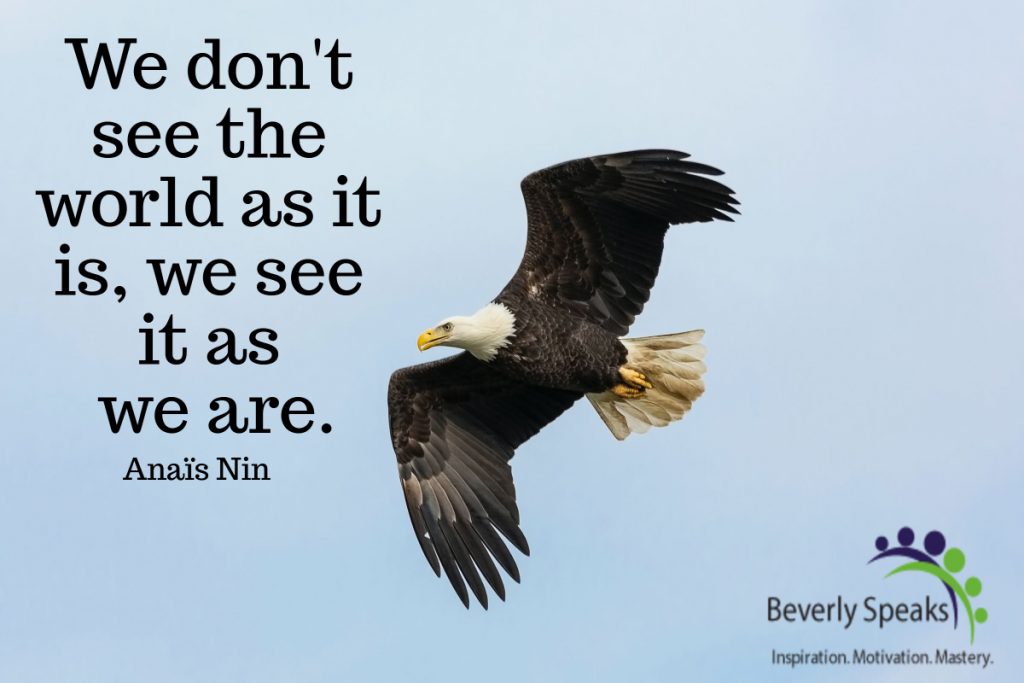
Pablo Picasso stated, “It took me four years to paint like Raphael, but a lifetime to paint like a child.”
By his own admission, it took Picasso a lifetime of unlearning to discover his unique style. Most of us can attest to the reality that unlearning demands as much discipline as conscious learning. It is this unlearning process that helped Picasso find the authentic expression of his gifts and talents.
How much of what you believe that isn’t true is holding you back from the best of what lies ahead?
Last week, as I spoke with a team on the subject of diversity and inclusion, I challenged them that 50% of their progress will be based on learning and applying new things. The other 50% of improvement is based on unlearning. In the arena of diversity, there’s a principle called unconscious bias. It refers to unsupported judgements against a person, thing, or group. That leads to misunderstandings and prejudice – a sure deterrent to healthy relationships. If you apply this concept of unconscious bias to what you believe about yourself, it alludes to blind spots in your perception.
We all have a degree of bias regarding our abilities and potential. It’s also quite possible to have beliefs that served us in a previous season but no longer apply. Progress requires you to continuously edit your beliefs, and to upgrade and expand your identity.
Your beliefs are the lens through which you view the world. If you’ve ever had an eye exam to fit you with glasses, you’re familiar with the instrument that tests your eyes to see which correction lens provides the clearest vision. The tool is called a phoropter. The doctor flips down one lens, then another, while you choose which one makes the letters on the eye chart clearer. It’s possible to choose one that doesn’t give you the best vision. And it’s certainly possible to have filters in your understanding that don’t allow clear focus. Smudged lenses can alter the way you perceive yourself and others.
In life, we see what we expect to see. An experiment involving a group of Americans who had never been to Mexico and a group of Mexicans who had never been to America makes this point. The researchers built a binocular capable of showing one image to the right eye and a different image to the left eye. One of the images was of a baseball game. The other image was a bullfight. During the experiment, the pictures appeared simultaneously, forcing subjects to focus on one or the other. When asked what they had seen, the Americans reported seeing a baseball game, while their Mexican counterparts reported seeing a bullfight. What a vivid representation of how we perceive the world around us. What we see largely depends on what we’ve experienced, what we know, and what we expect. That is why the Americans saw a baseball game and the Mexicans saw a bullfight.
Let’s take the application of this principle even deeper. Humans are the only creatures on earth who have the creative power to engineer the future through using their imagination. A clear vision can pull you into the future and make decision-making amazingly simple. If you know where you’re going, choosing the best path becomes infinitely easier.
Seeing clearly often requires exposing blind spots and cleansing the lens of your perceptions. That’s where unlearning comes in.The catch? It’s pretty tricky to navigate unlearning on your own. Blind spots are aptly named because our vision can get blocked.
Helping others create a clear vision for their future is one of my favorite things to do. The Heart Plan Course is an in-depth program that is a gateway to fulfilling your purpose. I’ve just launched a new Short Course to give a glimpse of the content called Nail Your Purpose. As part of the launch, I am offering a Bonus – a live Zoom Training to augment the 4 lessons in the self-guided program. Details and Registration Here
